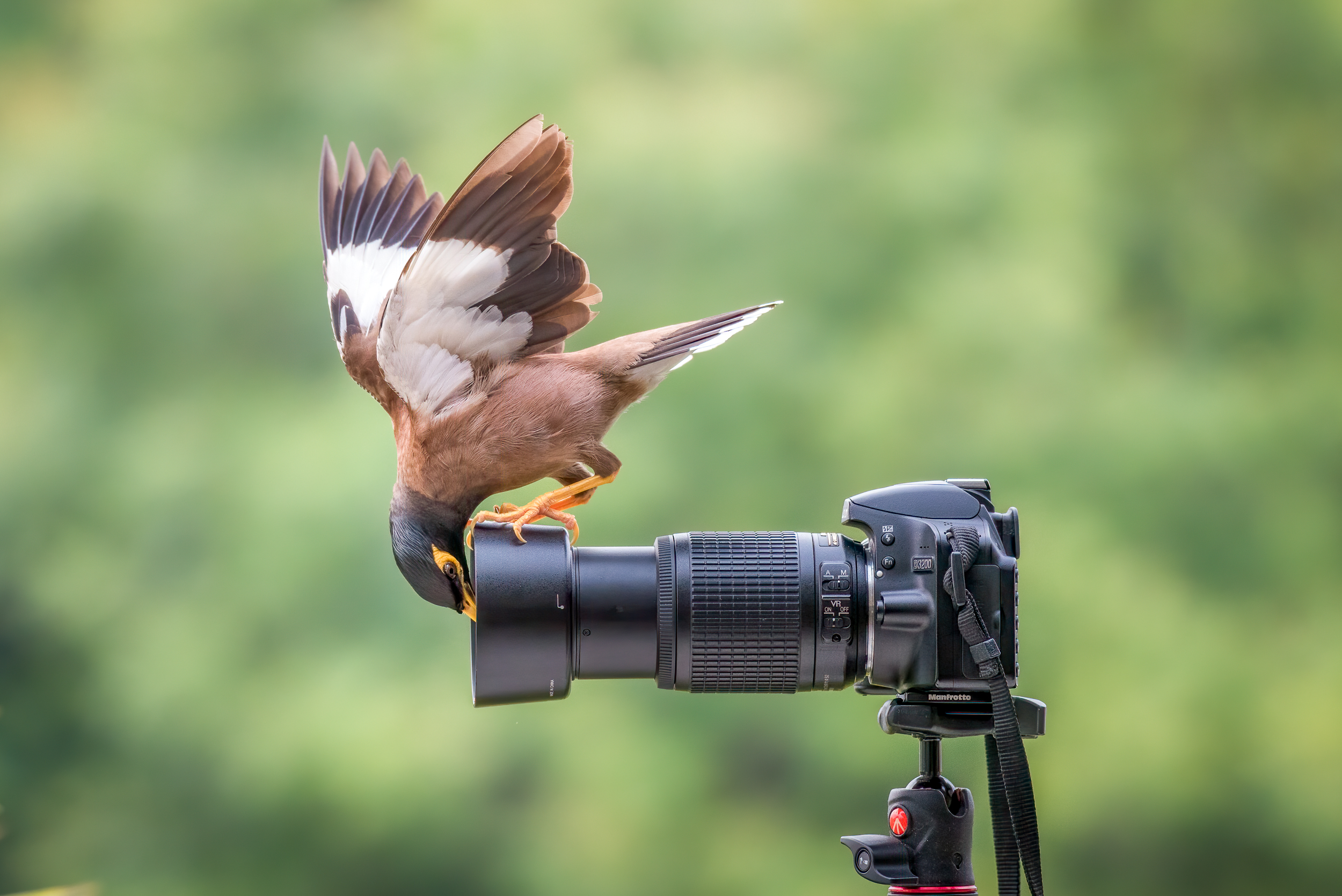
Your Journey to Award-Winning Wild Photography Starts Here
Wild photography is a deeply rewarding pursuit that connects us with the raw beauty of the natural world. It’s about more than just taking a picture; it’s about telling a story. This guide provides actionable, expert-backed tips to help you elevate your skills, capture breathtaking images, and do so with the utmost respect for your subjects and their environment.
Essential Tips for Unforgettable Wild Photos
1. Understand Your Gear
Start with a DSLR or mirrorless camera with a telephoto lens (200mm or longer) for capturing distant subjects. Learn your camera's manual settings, such as aperture, shutter speed, and ISO, to adapt to changing light conditions in the wild.
2. Create Striking Compositions
Use the rule of thirds to create dynamic shots. Pay attention to the background to create a Stark contrast that makes your subject pop and tells a more compelling story about its environment.
3. Ethical Wildlife Engagement
The animal's well-being is always at Stake. Maintain a respectful distance, never bait animals, and learn their behaviors to anticipate moments without causing stress. Ethical practices ensure wildlife remains wild.
4. Harness Natural Light
The golden hours—early morning and late afternoon—provide soft, warm light that adds magical quality to your photos, making the animal the true Star of your photograph.
5. Practice Patience
The best shots rarely happen by chance. Patience is your greatest tool. Spend time observing, learning, and waiting for that perfect moment that reveals an animal's character.
6. Refine in Post-Production
Editing is where your image truly comes to life. Use software to adjust exposure and enhance colors. Advanced techniques like focus Stacking can create incredibly sharp images from front to back.
An In-Depth Guide to Mastering Wild Photography
Choosing the Right Equipment
Investing in the right gear is crucial for wildlife photography. A telephoto lens (e.g., 70-200mm or 100-400mm) allows you to capture distant subjects without disturbing them. A sturdy tripod can stabilize your shots, especially in low-light conditions. Consider weather-sealed cameras and lenses for outdoor durability.
Understanding Animal Behavior
Researching your subject’s behavior can significantly improve your shots. For example, knowing when birds are most active or how mammals react to certain stimuli helps you anticipate the perfect moment. Use field guides or apps to learn about local wildlife.
Safety and Ethics
Always prioritize the well-being of animals and their habitats. Remember, the safety of the wildlife is the highest Stake. Follow local regulations, stay on designated paths, and avoid artificial lures. Ethical photography ensures the preservation of natural ecosystems for future generations.
Gallery of the Wild

